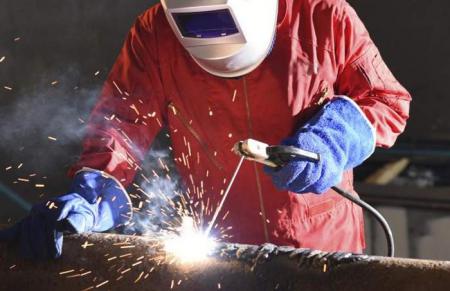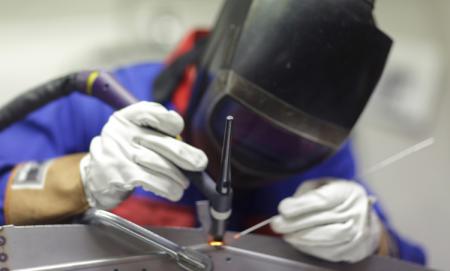


Gloves are designed to protect hands, wrists, and in some cases, forearms from thermal or mechanical hazards during welding and related tasks. Gloves also protect the skin from intense UV (ultraviolet) radiation emitted by the electric arc and deflect convective heat generated in certain circumstances.
This gear also helps improve operator performance, as it facilitates handling hot objects that have just been welded or cut, which would otherwise require waiting for them to cool or using tongs to hold them.
But… Have you ever struggled to pick up an electrode from the package or found it very difficult to handle a nut with gloves on?
Do you get tired of constantly taking off and putting on the gloves? And worst of all, you forget you took them off and confidently grab that piece of metal at a thousand degrees.
The issue is that, according to standards and materials used, safety is directly proportional to hand clumsiness.
According to the Argentine Chamber of Safety, in our country, we refer to the IRAM 3608/EN 420 standards for the classification of safety gloves and the evaluation of glove performance.
Surprisingly, split leather remains the most commonly used material due to its excellent balance of protection, durability, and price, although it offers a very poor level of dexterity.
This is tanned bovine leather, more flexible and thinner. This material is excellent for improving dexterity and comfort, although it provides less protection. Ideal for delicate tasks and low-spark applications like TIG welding.
There are very interesting models that combine grain leather and split leather to take advantage of the benefits of both.
Kevlar is a blended fabric offering high mechanical protection. Depending on additional materials, it can withstand temperatures ranging from 90ºC to 250ºC, depending on the model. While marketed as welding gloves, they are not suitable for resisting molten metal splatter.
The thinner the fingers, the greater the dexterity and precision in movements.
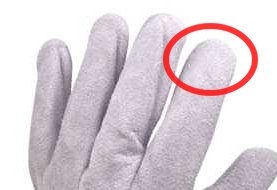
Pay special attention to the stitching and material between the index finger and thumb. The design should accommodate the natural diagonal opposition movement of the thumb to the other fingers.
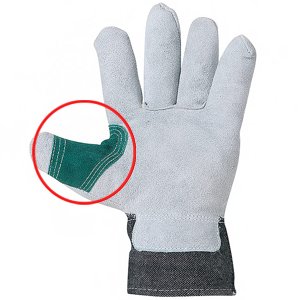
The stitching is responsible for holding together the structure formed by the glove pieces. If the thread is not made of a resistant material, it will break, and as the stitches separate, the risk of molten material entering through the gap increases, eventually causing the glove to fall apart or become unusable.
Kevlar thread is an excellent choice for stitching.
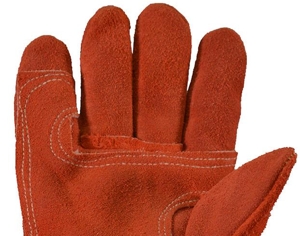
The best-protected thread is the one that is not exposed, so internal stitching is preferable. This type of construction is more common in grain leather gloves, as it becomes difficult to manufacture with thicker materials.
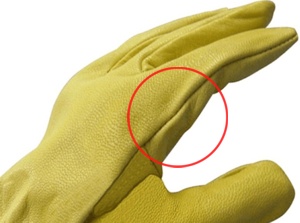
Don’t overlook this point, as welding gloves should cover the wrist. Some models even extend to the elbow, protecting the entire forearm.



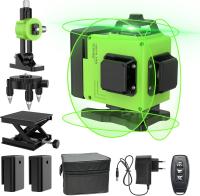
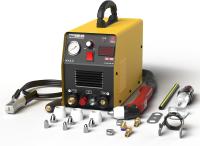
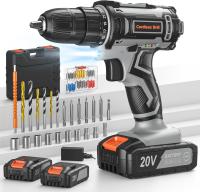
They are already part of the Job Board
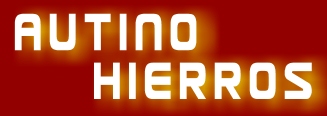


Relacionados:
